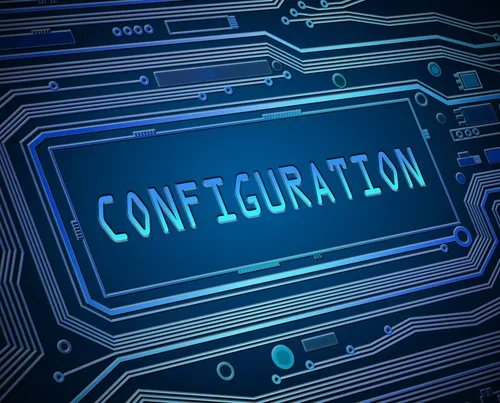Configuring a Workspace from Altium Designer
Parent page: Designing with a Connected Workspace

Your connected Workspace can be configured to provide the best productivity and work consistency for the entire design team. Some Workspace configuration aspects can be set up directly from Altium Designer, including:
- Global-level operation permissions
- Management of Revision Naming Schemes
- Management of Lifecycle Definitions
- Management of Workspace folder structure, creating and managing Items in the Workspace, etc.
Setting Global Operation Permissions for a Workspace
The connected Workspace used to store your design content facilitates the definition and management of global operation permissions for the Workspace. Accessible by Workspace Administrators only, permissions across the spectrum of day-to-day global-level Workspace operations can be set up for all Workspace users in one convenient location. So while Administrators continue to enjoy full permissions for all types of operation, they can quickly configure permissions for collaborators, owners, specific roles, and specific users.
Defining Naming Schemes for a Workspace
An Item can have any number of revisions, which are essentially an evolution of that Item over time. A change is made and the new data content is committed/uploaded/released into a new revision. The data stored in each revision of an item is therefore typically different. To identify between these different revisions of an Item, a revision identifier (ID) is used, which in combination with the Item ID creates a unique identifier for each release of an Item. This gives us the Item-Revision.
A connected Workspace provides the ability to define and manage Revision Naming Schemes which determine the format of a revision's ID when employed for the parent Item. The specific format used in a scheme is configurable and will depend on the needs of each organization.
Defining Lifecycle Definitions for a Workspace
Another important aspect of an Item Revision is its Lifecycle State. This is another identifier that can be used to quickly assess what stage that revision has currently reached in its life, and what designers are therefore authorized to do with it. Where the Revision reflects design changes made to the Item, the Lifecycle State reflects the state of the item from a business perspective, such as Planned, New From Design, For Production, Obsolete, and so on.
A connected Workspace provides both simple management including states and state transitions and fully structured management, where the states and state transitions are organized into distinct stages, with a link between those stages and the Revision ID. Based on these different lifecycle management strategies, you can create new or use default Lifecycle Definitions to model the state transitions that an Item-Revision may undergo over time.
The Explorer Panel
From within Altium Designer, component management is streamlined through use of the Components panel and Manufacturer Part Search panel. However, another interface to your Workspace is Altium Designer's Explorer panel. From this panel, you can perform many activities, including:
- Creating and managing the organizational structure used in the Workspace.
- Creating any number of Items, each representative of a design object.
- Direct editing and placement of Item Revisions.
- Reviewing and managing the lifecycle of Item revisions.
- Interrogating the usage of a particular Item revision (Where-Used).
- Browsing and managing Part Choice information for Component Items.
- Downloading stored data, including data generated through the release of board design projects.
The Explorer panel becomes your trusty right-hand, presenting a collection of features that can really enhance your productivity when working with the Workspace through Altium Designer.





